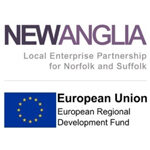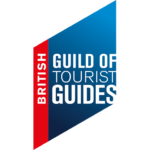
At the bottom of Cannon Street stands Vulcan’s Cave, bearing the indications that it might once have been an inn. But its name gives away its secret.
On the corner of Cadney Lane at Number 2 we have the rather mysteriously-named Vulcan’s Cave, which adjoins Vulcan’s Barn. Its stone indicates GA 1870, a time in which the area was still sparsely populated. Recognising that Vulcan is the god of fire, including volcanoes, metalworking and the forge, we instantly have the solution – it was a blacksmith’s forge.
It was certainly sizeable, as we learn that in 1895 it was auctioned along with 46 other properties owned by George Alsop, places which he rented to generate income of £268 14s 4d per year. As lot 1 in the auction, it was described as being of white brick and slate with a capital dwelling house adjoining comprising cellar, entrance passage, sitting room, kitchen, scullery, pump of good water, back yard and wc, with the first floor having four good bedrooms.
But did it mean that the people in that area had nowhere to go for a drink? Definitely not, because at one stage there were 27 public houses in the area of the Brackland.
The nearest public house to the Vulcan was the Dolphin, which closed in 1963 and is now a private house at 50 Cannon Street. Grade II listed, it dates to the late 18th century and is timber-framed and roughcast-rendered, with a plain-tiled mansard roof (a roof having two slopes on all sides with the lower slope steeper than the upper one) with fish-scale bands to the lower slope and decorative crest tiles. You can also see this design on the former Blackbirds public house in Bridewell Lane. To complete the Dolphin’s grandeur, it had a granary, cow house and a windmill.
The Dolphin is a classic example of how addresses in the Brackland have altered over time – it was once in Short Brackland, then in the mid to late 1800s it had three different numbers in Cannon Place.
John Saunders, Bury St Edmunds Tour Guides

Further reading: Suffolk Archives reference EE500/11/31






